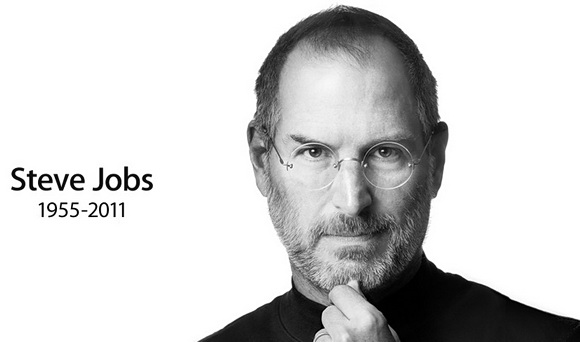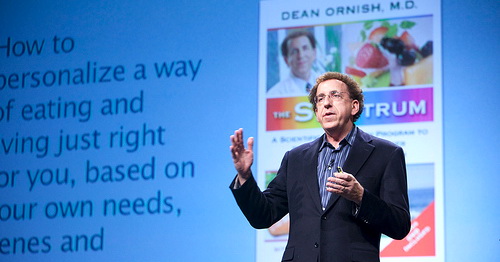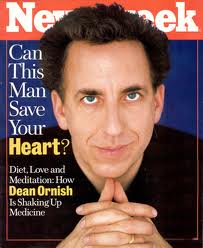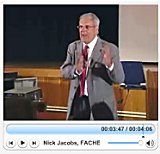As egg prices are still a lead story in this country, the nursery rhyme about Humpty Dumpty jumped into my mind. But my version is about the U.S. Healthcare system. According to my observations, the “System” is precariously sitting on that same potentially crumbling wall where Humpty Dumpty sat.
Escalating costs, care fragmentation, and a lack of preventative care have eroded Humpty’s wall for decades. The even worse news is if we continue on our current trajectory, just like Mr. Dumpty, we risk a catastrophic fall. The potential collapse of our make-believe wall would leave millions without adequate care. This would then create significant economic and social consequences for our nation.
There are numerous stressors already on Humpty’s wall such as unsustainable costs, shortages in the workforce, and lack of access to care. In the past 20 years, our health insurance costs have risen by 160%. Healthcare in the United States costs an average of $14,000 per employee. Of course, that does not include the millions of Americans who remain either under or completely uninsured.
It’s also no secret that 50 or 60 million of us are old, and that age group continues to demand more services. Those services amplify the shortage of qualified professionals to care for them.
Do you notice the wall cracks getting wider?
Our politicians must address the misaligned incentives driving this situation. These inefficiencies include rising medical expenses. It is also a fragmented and siloed system that leaves patients using emergency rooms as their primary care providers. Humpty’s “fall” may be closer than we think.
With chronic disease rates climbing and preventative care staying underfunded and inaccessible for many, the U.S. leads developed nations worldwide in preventable hospitalizations and deaths from treatable conditions.
If we do not act soon, once Humpty Dumpty falls, “All the king’s horses and all the king’s men”—may prove to be inadequate.
The reality is temporary funding, incremental reforms, or failures to address systemic flaws are not the answer. We know, for example, that value-based care works when providers are compensated for fixing the problem and keeping people healthy. Our system, however, is sickness-based, and as long as we continue to reward providers, hospitals, and insurance companies through fee-for-service models, things will not change.
We have also seen the value of technological advancements, AI, and remote monitoring. For these technologies to be effective, they will require significant investment and implementation.
We have danced around and ignored these warning signs for a century. Without significant efforts to direct our healthcare system toward reimbursable wellness, prevention, and whole health efforts, its collapse will worsen health disparities. It will also leave our most vulnerable populations without access to essential care.
What then? Well, the economic repercussions would continue to move across industries. Businesses would continue to struggle with rising healthcare costs and reduced worker productivity.
Our current system’s inefficiencies are already a handicap for U.S. competitiveness on the global stage, but a full-blown crisis would exaggerate this disadvantage even more.
So, Humpty Dumpty’s story is a cautionary reminder that prevention is still possible. Value-based care, prioritizing preventative care, and addressing provider shortages through workforce investments can stabilize the wall.
We truly are at a crossroads. Will we pay attention to these warnings and make significant changes, or will we be forced to watch our eggs fall?
Indiana University of Pennsylvania has taken a significant step toward addressing these issues by creating a College of Osteopathic Medicine directed toward graduating primary care physicians trained in techniques for helping patients achieve wellness and prevention. Simultaneously, by working cooperatively with IUP’s COM, Indiana Regional Medical Center, and the PA Mountain Care Network could become a model for these changes. They have summoned up the courage to act before Humpty Dumpty’s fate becomes our own. As the U.S. healthcare system faces treacherous whitewater, let’s applaud Indiana as they implement, preventative care, value-based models, and technological investments.








